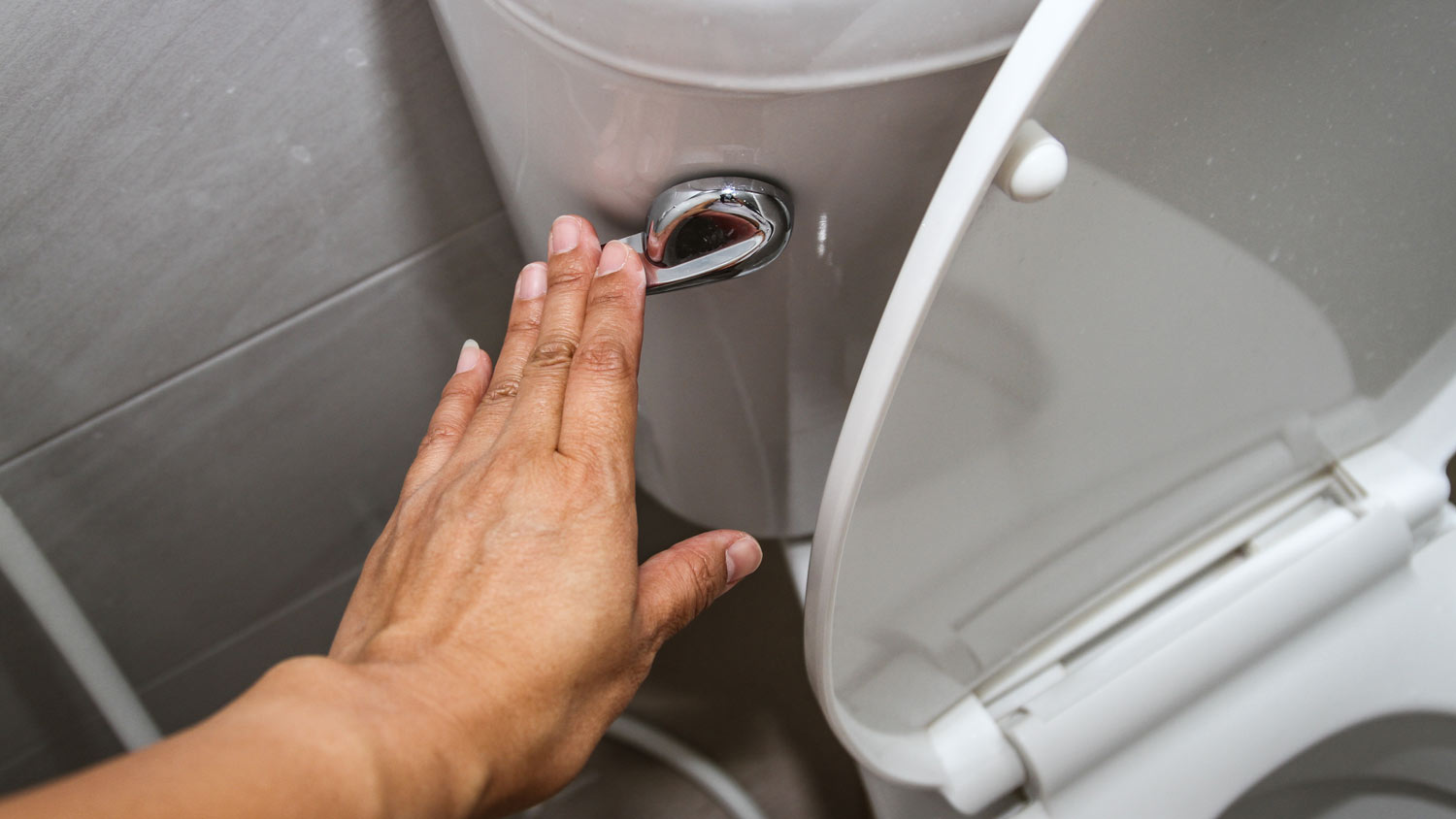
The average cost to connect to a public sewer line in Columbus, OH, depends on the linear footage, piping material, local regulations, and more.
Catch problems early to avoid bigger (and smellier) issues


Leach fields that are more than 15 to 30 years old are at risk of failure.
Clogs, a common issue for septic systems, can affect pipes, leach lines, and baffles.
You need a pro to pump your septic tank every three to five years and replace your biomat every 25 years.
The distribution box should last 30 to 40 years but can be damaged by tree roots.
If you’ve noticed your toilet has trouble flushing or there’s a faint sulfuric smell in your backyard, you could be experiencing leach field problems. The leach field is responsible for finishing the treatment of wastewater in your septic system and dispersing it into the soil and, eventually, the groundwater. However, if there are issues like clogs or failing parts, it can lead to plumbing and flooding concerns. Here are seven common leach field problems to watch for in your septic system.
Unfortunately, it can be easy to clog up the baffles, filters, and septic leach lines in a septic system. Excess hair going down tub and shower drains, flushing personal care items or any other products aside from septic-system-safe toilet paper, or rinsing too much oil and grease from dinner pans can all contribute to clogs in the septic system.
You can snake drains in your home for clogs that are near the drains, but if the clog is farther down the line and has reached the septic tank’s baffles, the effluent filter in the septic tank, or the lines in the leach field, it’s time to call in a septic tank pro to take care of the clog.
The inlet baffle is where wastewater from the house enters the septic tank. It can become blocked by materials like wipes or personal care products that are flushed. Improper installation can also create a blockage.
A pro will need to inspect the inlet baffle to find what’s causing the blockage before determining how to remove the blockage, whether through pumping the tank, snaking a clog, or repairing the inlet baffle entirely.

You need to hire a pro to pump your septic tank every two to three years. Otherwise, sludge, or the layer of broken-down solid waste at the bottom of the tank, will build up and can eventually block the baffles. This can cause clogs and backups in the household drains and flooding of the leach field.
Some signs of a full septic tank include pooling water in the yard, especially above the tank or around the leach field, slow drains, and foul odors in the yard or the drains around the home. When the tank is too full, hire a local septic tank cleaner as soon as possible to pump the tank.
Biomat, or biomaterial, is a healthy and essential part of the leach field. This area in the soil of the drain field consists of anaerobic bacteria to treat wastewater. After the wastewater is treated, aerobic bacteria in the soil help keep the biomat from building up.
While the biomat will naturally build up over the years, poor maintenance can cause it to become thick quickly. The thick biomat layer can cause clogs and yard flooding and can prevent wastewater from properly dispersing into the soil. Regular maintenance, such as pumping the tank every few years and using septic-system-friendly landscaping, can help maintain a healthy biomat for 25 years.
Septic systems are designed to handle a certain amount of wastewater, which is why it’s important to know the right septic tank size for your household and install a leach field large enough to handle the wastewater.
Consider using Energy Star appliances because they use less water. Less water running through the appliances means less water entering your cesspool, increasing the amount of time spent before you need to empty the system.
If your household generates more wastewater than the septic system can handle, it prevents the raw sewage in the septic tank from settling to the bottom of the tank, where it can be broken down by bacteria. Instead, the wastewater and sewage could flood into the leach field. If this happens, you’ll need emergency assistance to clean up the sewage and make any repairs necessary. You’ll also need to consider conserving more water or installing a higher-capacity septic tank.

The distribution box, or D-box, carries partially treated wastewater from the outlet baffle of the septic tank to the leach field. However, tree roots, heavy weight from vehicles or sheds placed over the leach field, or improper installation can damage the distribution box, causing leaks or improper distribution of the wastewater into the leach field.
A distribution box should last 30 to 40 years, and annual septic system inspections will help catch any signs of trouble early. However, if you think the D-box is damaged, hire a septic system pro to repair or replace it as soon as possible.
Total leach field failure can happen when other common leach field problems are left unresolved for too long or if the leach field is old, over 15 to 30 years. If the leach field fails, it can cause wastewater to pool in the yard. Wastewater or even raw sewage may start backing up into the drains of your home. If the leach field fails, a pro may need to install new leach lines or help you replace the leach field.
A septic system handles wastewater and human waste, and exposure to sewage and sewer gasses can pose health risks from waterborne diseases, according to the Centers for Disease Control and Prevention. Pros are properly trained and certified to make repairs as safely as possible, so if you suspect septic system or leach field problems, don’t attempt to DIY a fix.
Plus, septic systems have many points where things can go wrong, from cracked pipes and leach lines to clogs in the baffles or filters. Hiring a local septic tank company for inspections and repairs is the fastest and safest way to solve leach field problems and other issues with a septic system.
From average costs to expert advice, get all the answers you need to get your job done.

The average cost to connect to a public sewer line in Columbus, OH, depends on the linear footage, piping material, local regulations, and more.

Need to know what sewer line replacement costs in Charlotte, NC? This guide will help you prepare to budget for sewer line replacement done by local contractors.

Planning a big project? It might be time to ask how much it costs to get utilities on land. This isn’t a budget-friendly project, so start planning here.

A full septic tank can cause health issues and costly repairs. Look out for these top seven warning signs your septic tank is full.

Got a septic tank? Then you've got a leach field. Knowing where it is helps you maintain your system. Here's how to find a leach field.

If you’re unsure how to fill in a cesspool, we’re here to teach you the ropes, explain the tools, and help you hire a pro if needed.